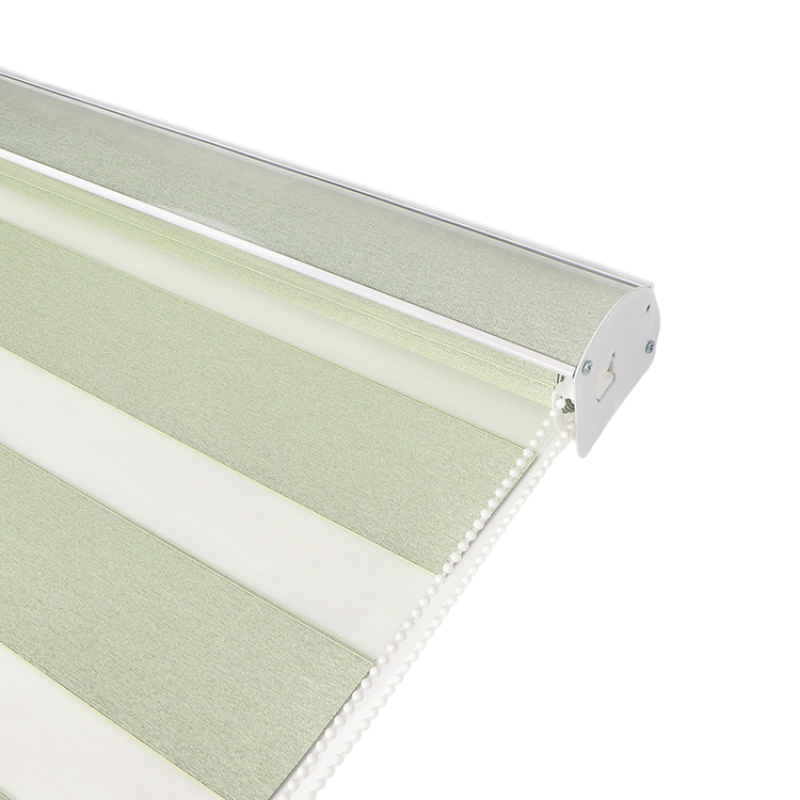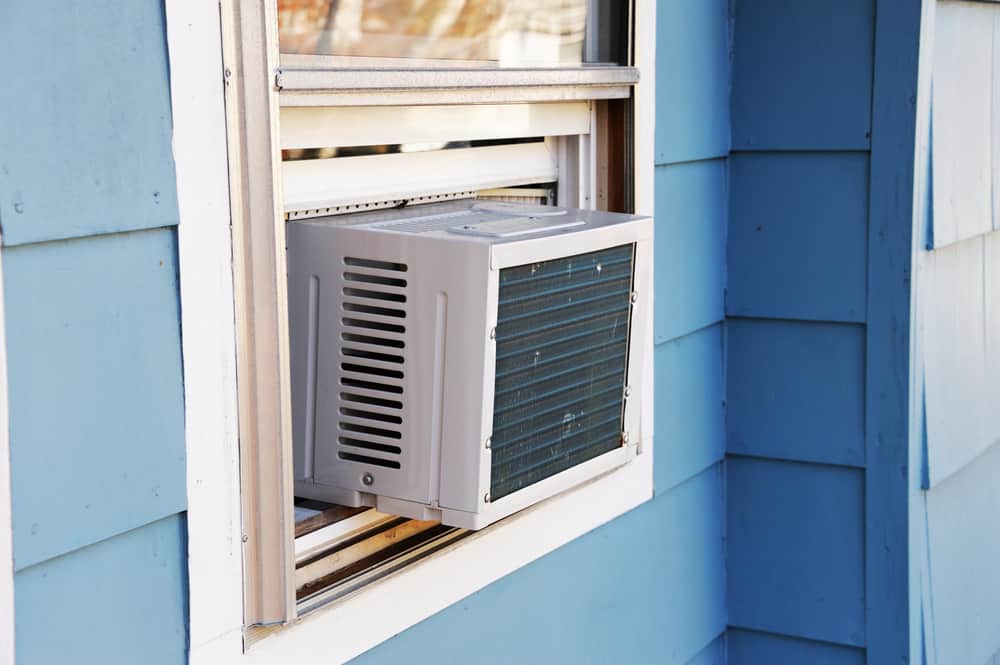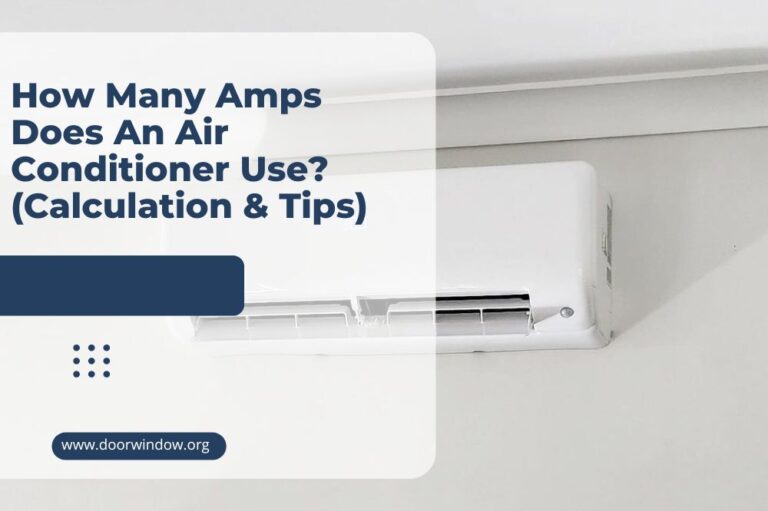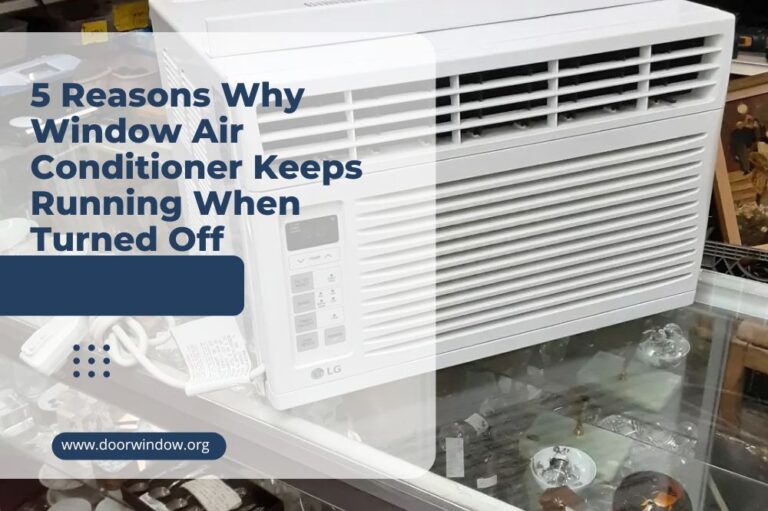How Much Does it Cost to Run a Window Air Conditioner?

Rising electricity bills are quickly becoming unaffordable for the majority. A government report claims that an average American household spends over $2,000 on energy bills, a considerable amount once one considers that the average annual income of a US-based family is just over $60,000.
Since they’re consuming a considerable portion of your income, you’d naturally want to know more about the factors which place upward pressure on your monthly energy bills. That’s why you should know about the running cost of your windows air conditioner.
Not sure why that should be the case? Because there aren’t many electrical appliances in your home that are as power-loving as windows AC. Provided you want to get a grip on your monthly electricity bills, you need to know about how much the windows AC contributes to the same.
Only then you could take steps to bring your electricity bills down.
Factors that impact the running cost of Windows AC
Before taking a look at the overall running cost of a windows AC, we think that you’d want to know more about the variables that affect its running cost:
1. Temperature
Let’s assume you have two windows air conditioners in your home. Both of them have the same model and cool a similar expanse of space. The only difference between them is the temperature at which they operate.
Having imagined this scenario, answer this question: which of the two ACs would consume more electricity? Of course, the one whose set point (temperature) is lower than the other.
2. Climate
The climate you’re living in also plays an important part in determining the numbers on your monthly power bills. And it isn’t only heat that causes your electricity bills to go through the roof in lieu of air conditioning costs.
Instead, if there’s more humidity in your part of the woods, your ac will have to work harder. That hard work will then make its presence felt in the form of inflated power bills.
3. AC’s Size
As you might already know, the size of your windows air conditioner also has a strong bearing on its running costs. The smaller the unit (in BTU), the less it will require you to pay per month in bills.
4. Daily Running Time
How often you keep your air conditioner running? Do you turn it on only when you’re about to go to sleep at night? Or is it running from dawn till dusk without any rest?
If it’s the former scenario, you won’t have to pay much. Conversely, if you’re one of those persons who run their AC and forget about that decision, your monthly electricity bill is going to blow a hole in your pocket.
5. Size of the room
What is the size of the space that you regularly cool with the breeze coming out of your windows AC? Is it adequately insulated from the external environment, or does the layer beneath the door lets cold air out?
As you might already know, areas that are better sealed from their surroundings force the AC to work less hard. So you’d have to fork out less money at the end of the month in energy bills.
6. Energy Efficient Rating
Also known as its Energy Efficient Ratio (EER), it tells you the number of watts your air conditioner consumes to produce BTUs. Put simply, EER tells you how efficient (or otherwise) your air conditioner is.
The lower the EER number given on the instruction manual of your window unit, the heavier it will weigh on your electricity bills. Most air conditioners come with a standard EER of 10.0. Anything above this value is an indication of a unit that is incredibly energy efficient.
7. Number of furniture
Rooms that have floor-bedding will let the air conditioner cool them quickly than those who have chairs, tables, and beds. That’s mainly because solid objects absorb heat.
For this reason, if you want your air conditioning costs to nosedive, organize the furniture in your room. You might also keep solid objects in the correct setting if you intend to reduce the electricity consumption of your air conditioner.
Running cost of Windows AC Unit
To determine how much energy your windows ac consume, calculate the:
- Amp it draws: An air conditioning unit’s amps depend on a) its size and b) its SEER rating. Provided you have a 2-ton AC with 16 SEER rating, it will draw approximately 15 amps.
- Wattage consumption: Most windows air conditioning units require you to plug them into a 240-volt power outlet. Multiply the amps with wattage, which equals 4,320 watts.
- KWh: To find the kilowatt/hr. (which is the standard unit of electricity consumption in the US), use this formula: (Amps x Watts)/(1000). Put the values mentioned above in the formula (4,320/100), and the final value turns out to be 4.32 kWh.
Per Hour Running Cost of windows AC Unit
Once you’ve calculated the power consumption in kWh (4.32), divide it with the kWh cost of electricity in your area to determine the per hour running cost of air conditioning. For instance, assuming you live in Ohio (where the kWh cost is 12.55). Multiply the cost (12.55) with energy consumption (4.32), and the final figure turns out to be 54.216.
That means that your air conditioner consumes $0.54216 per hour.
Per Day Running Cost of windows AC Unit
Multiply the number of hours you run your ac every day with its per hour running cost, and you have its per day running cost. For instance, assuming you run your ac for 8 hours every day, multiply it with its per hour running cost ($0.54216)
That means that your air conditioner’s per day running cost is ($4.33).










